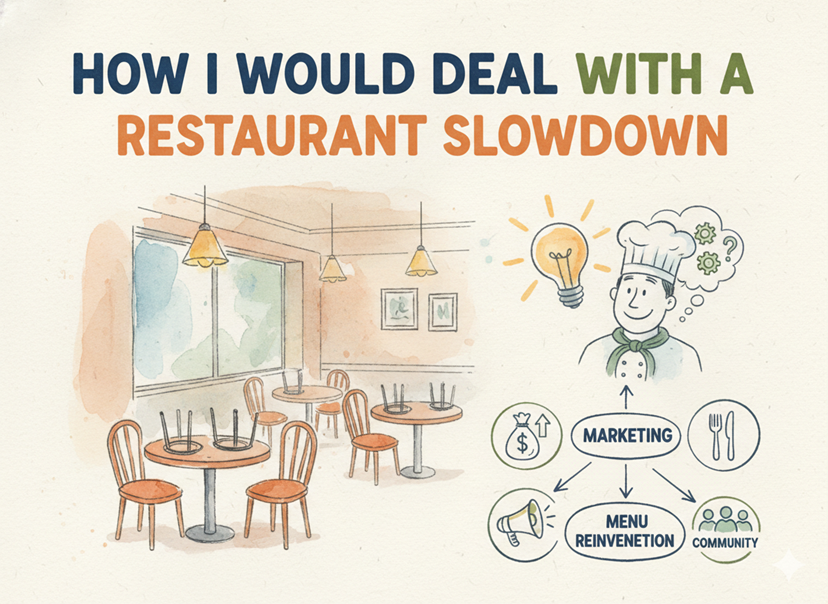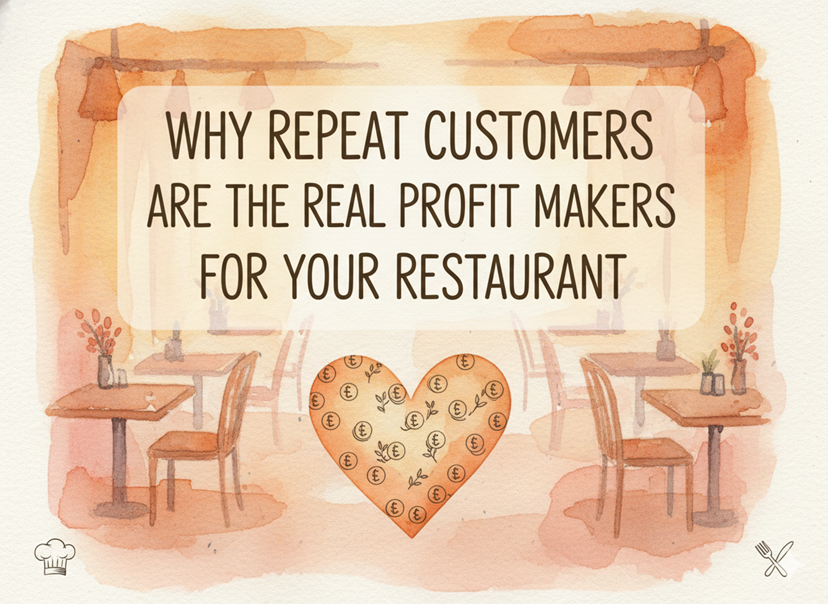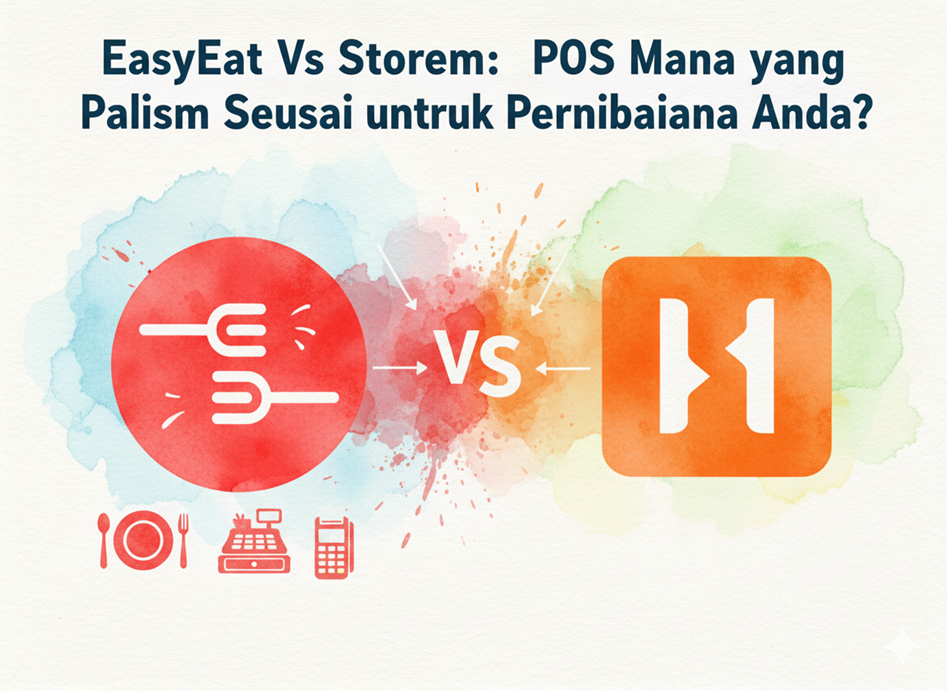When you run a restaurant, quality control is crucial. Your kitchen needs to maintain a consistent standard, not just to satisfy your customers, but to ensure your food is safe. Whether you’re new to the F&B industry or you’ve been in it for years, nailing down quality control processes is essential. Here are five key guidelines that every restaurant owner should know to master quality control and keep things running smoothly in the kitchen.
1. Ingredients
It all starts with the ingredients. In the F&B industry, the best food comes from the best ingredients. This is the foundation of your restaurant’s food quality control. To ensure that your dishes meet the highest standards, you need to begin with managing the ingredients in your kitchen.
Start by listing all the ingredients you need. From there, note down the specifications of these ingredients. These specifications can change over time, so it’s crucial to keep the communication open with your suppliers. When ingredients arrive, cross-check the specifications and document important details, like ingredient names, expiration dates, and key product attributes.
This helps guarantee that your suppliers are maintaining the standards you agreed upon. Proper storage is another important factor—always make sure your ingredients are stored in appropriate conditions to avoid spoilage.
2. Food Handlers
Your food handlers are just as important as the ingredients. These are the people who will be directly responsible for maintaining quality in your kitchen. Your employees must be well-trained in food safety and preparation. This not only saves time but ensures that every dish meets the restaurant’s standards.
In Malaysia, for example, the Ministry of Health mandates that food handlers attend certified food handling courses and get typhoid vaccinations. These measures help reduce the risk of spreading infectious diseases. Make sure your staff wears proper attire, including gloves, hairnets, and clean uniforms, to prevent contamination. A properly trained staff gives customers peace of mind that they are eating in a safe environment.
3. Production Process
Consistency is key to restaurant quality control. To maintain consistency, you need a Standard Operating Procedure (SOP) for food production. Every recipe should be documented and easily accessible to the cooks. This ensures that no matter who is in the kitchen, the food is prepared the same way every time.
Cleanliness is also essential during the production process. Make sure your kitchen environment is clean, and all utensils are sterilized before use. Cooking food to the correct temperature is another vital step. If food isn’t cooked properly, bacteria can thrive, leading to foodborne illnesses.
Tools like recipe management features can be a great help here. With tools like Food Market Hub, you can manage your recipes and SOPs easily, ensuring consistency across the board. A clean kitchen and standardized recipes will help your restaurant deliver high-quality meals every time.
4. In-Process Recording
Keeping track of your inventory and purchases is one of the most critical aspects of quality control. If you’re not recording everything, you risk unnecessary purchases, costly wastage, and using expired ingredients. Maintaining an inventory system helps ensure that everything in your kitchen is up-to-date and safe to use.
By tracking important information like expiration dates, you can assure your production team that they are working with safe, fresh ingredients. In-process recording also helps you optimize your resources, reducing waste and maximizing profits.
Luckily, technology can make this easier. With Food Market Hub’s inventory management system, you can automate the tracking of your kitchen inventory. The app keeps an eye on the quantity of ingredients and even logs any disposed or wasted ingredients. Plus, it can notify you when it’s time to restock, ensuring you never run out of crucial items.
Don’t underestimate the importance of keeping accurate records. A small mistake, like using an expired ingredient, can lead to big problems for your restaurant. By using a procurement and inventory management system, you can leave the tedious work to the system and focus on creating the best food possible.
5. Packaging
Packaging plays a key role in maintaining food quality, especially for restaurants that offer delivery or catering services. If your food is exposed to unsafe temperatures, it can spoil quickly, making it unsafe to eat. Bacteria thrive between 5°C and 60°C, which is known as the “danger zone.”
For buffet-style service, make sure that hot food is kept at a temperature above 60°C to avoid bacteria growth. For delivery, use proper packaging to maintain the temperature and quality of the food. Insulated containers work well for hot meals, while cold items should be stored in coolers before delivery.
For central kitchens, packaging is also important when delivering food to other branches. Proper packaging not only maintains the quality of the food but also ensures customer satisfaction.
Managing packaging and deliveries can feel overwhelming, but with the right tools, it’s much easier. Food Market Hub’s system offers inventory management and user-friendly procurement features to streamline your operations, so you can focus on running your business.
Quality control is vital for any restaurant that wants to succeed in the F&B industry. A good quality management plan for your restaurant helps you deliver consistent, high-quality food that meets customer expectations. Without proper quality management in restaurants, it’s easy to fall behind in the competitive market.
By focusing on ingredients, training food handlers, maintaining consistent production processes, recording inventory details, and ensuring proper packaging, you can improve your restaurant’s food quality control.
If managing these tasks manually feels overwhelming, tools like Food Market Hub can help. Our system integrates with your POS and accounting systems to centralize your operations. You can automate procurement, track inventory, and even manage recipes, saving time and reducing food waste. With our app, running a kitchen becomes easier, and you can focus on delivering the best possible product to your customers.
So, if you’re looking for a system that makes quality control a breeze, give Food Market Hub a try! You’ll save time, reduce costs, and ensure that your restaurant always delivers top-notch food.




